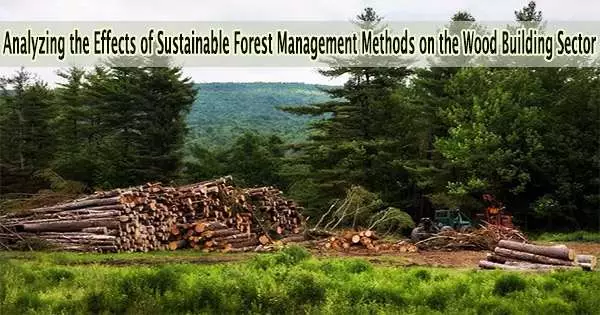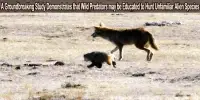According to a study that was published in PNAS Nexus, in order to create forests and a building industry that are climate-adaptive, a whole-system functional analysis of tree species is necessary.
Builders and the building sector are important drivers of change in forest ecosystems through the selection and use of wood products. These ecosystems play a vital role in maintaining the health of the planet and providing various ecosystem services.
Peter Osborne and colleagues investigated how the wood building industry will be affected by climate change and resilient forest management techniques, as well as how builders might modify their methods to account for shifting forest compositions.
The authors, who concentrated on temperate southeastern Canada, divided tree species into groups based on the ecological characteristics and building characteristics that made wood acceptable for use in various construction applications.
The authors found that many softwood species currently used in construction are not well adapted to a changing climate, while hardwood species such as tamarack (Larix laricina), red maple (Acer rubrum), oaks (Quercus spp.), and elm (Ulmus americana) could help make the regions’ forests more resilient.
The capacity of builders to choose an acceptable blend of wood for use in future buildings can be greatly simplified by classifying various tree species into a small number of functional groups based on comparable building qualities.
In order to enhance the ecological resilience of forests and optimize functional diversity, a variety of species can be used as feedstocks in applications such as mixed species cross-laminated timber panels, wood fiber insulation, and other engineered wood products.
The authors advocate using a forest-first strategy when naming timber species for both timber constructions and prescribed forests.
















